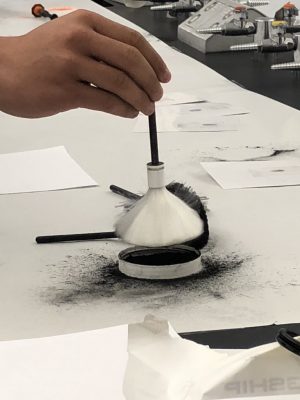Professor Shikha Nangia Named as the Milton and Ann Stevenson Endowed Professor of Biomedical and Chemical Engineering
The College of Engineering and Computer Science (ECS) has announced the appointment of Shikha Nangia as the Milton and Ann Stevenson Endowed Professor of Biomedical and Chemical Engineering. Made possible by a gift from the late Milton and Ann Stevenson,…


 DNA is everywhere—not just in bodily fluids, such as blood or saliva, but also in traces left by the touch of a finger. If more than one person has been sitting at the same table, for example, traces of each person’s DNA will be left behind and become co-mingled.
DNA is everywhere—not just in bodily fluids, such as blood or saliva, but also in traces left by the touch of a finger. If more than one person has been sitting at the same table, for example, traces of each person’s DNA will be left behind and become co-mingled.